16 Emotional Changes In Cats After Moving Homes
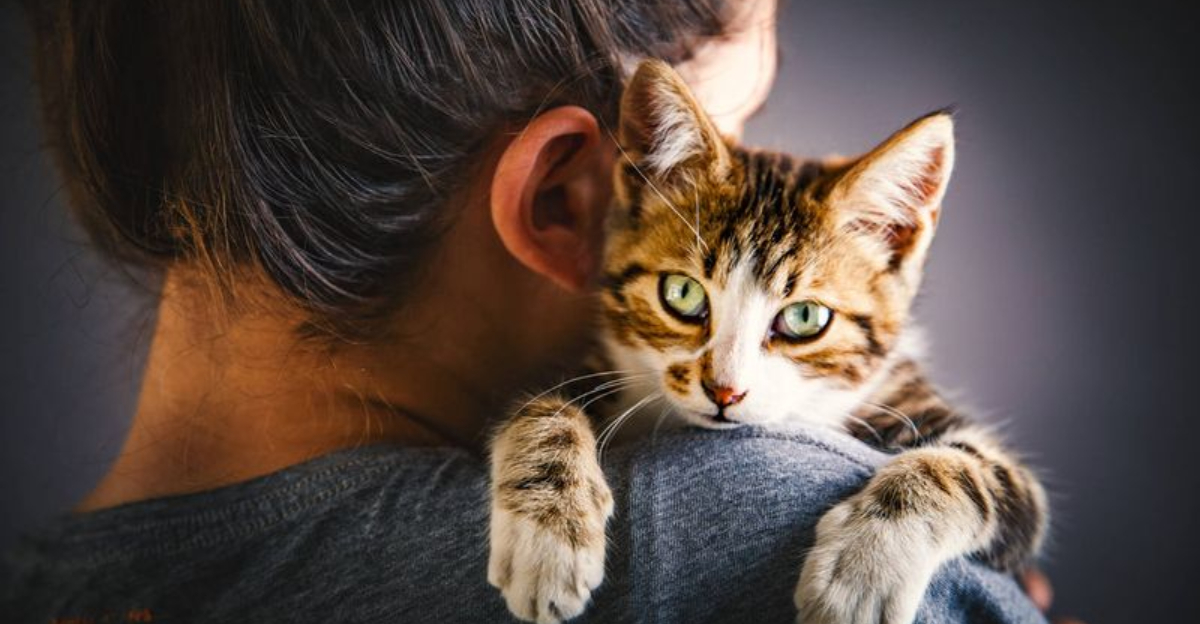
Moving to a new home is stressful for everyone, but our feline friends feel it especially hard. Cats are creatures of habit who form deep connections with their territories.
When that familiar world suddenly changes, cats experience a rollercoaster of emotions as they adapt. Understanding these changes can help you support your kitty through this challenging transition.
1. Heightened Anxiety
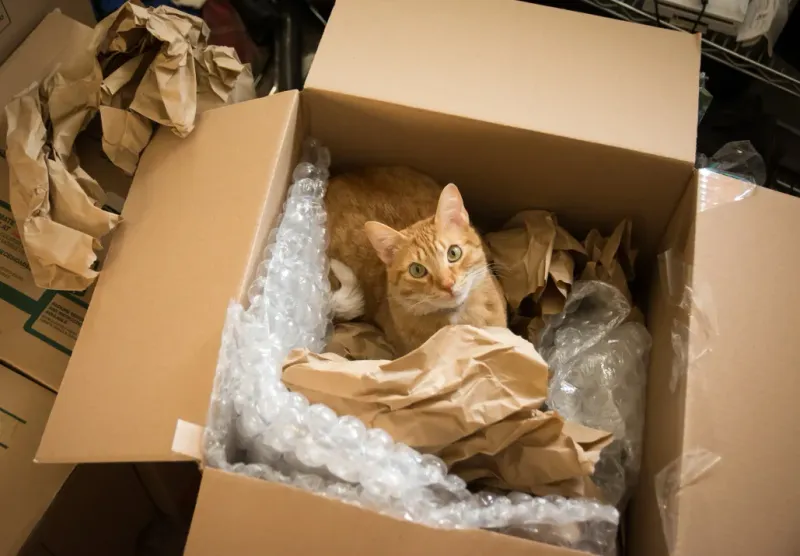
Your normally cool cat might turn into a bundle of nerves after relocating. Pacing, excessive meowing, and constant vigilance are telltale signs your furry friend is feeling unsettled.
Cats thrive on predictability, and a new environment throws their sense of security into chaos. Their heightened state of alertness is a natural survival response – they’re scanning for potential threats in unfamiliar territory.
This anxiety typically peaks during the first few days but can linger for weeks depending on your cat’s personality and how you manage the transition.
2. Temporary Hiding Behavior
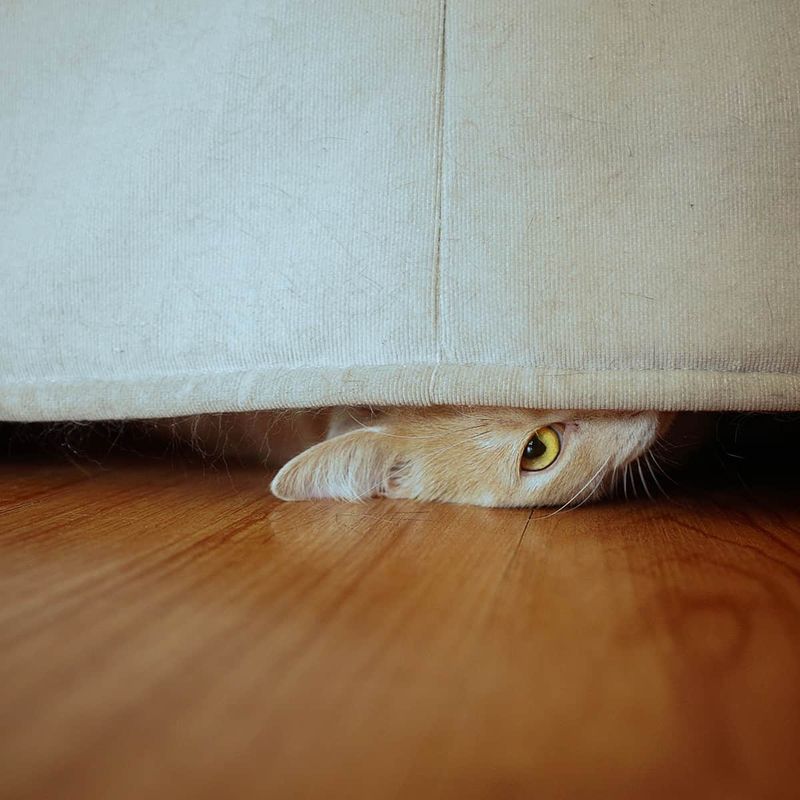
Found your cat squeezed behind the washing machine? Don’t panic! Seeking small, enclosed spaces is a protective instinct when cats feel vulnerable in new surroundings.
These hiding spots serve as security bunkers where they can observe their new kingdom while feeling protected. Some cats might vanish for hours or even days, emerging only for essential needs like food or the litter box.
Respect this coping mechanism rather than forcing them out. Provide designated hiding spots like covered beds or cardboard boxes to help them feel secure on their own terms.
3. Appetite Fluctuations
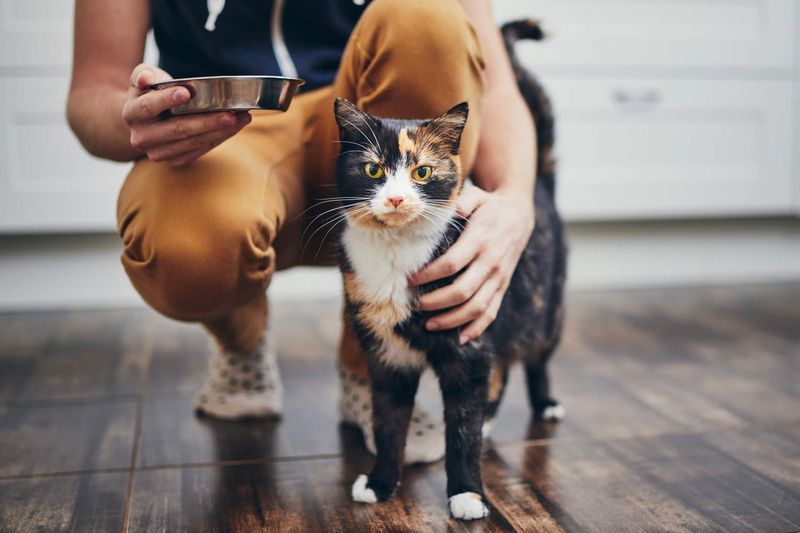
Food refusal often signals stress in relocated cats. Your normally voracious eater might suddenly turn her nose up at favorite treats or barely touch her dinner.
The stress hormones flooding her system can suppress appetite just when she needs energy most. Some cats go the opposite direction, stress-eating for comfort in their new environment.
Monitor food intake closely – dramatic changes lasting more than 48 hours warrant veterinary attention. Tempting foods with strong aromas and hand-feeding can encourage reluctant eaters until they settle into their new routine.
4. Territorial Marking Attempts
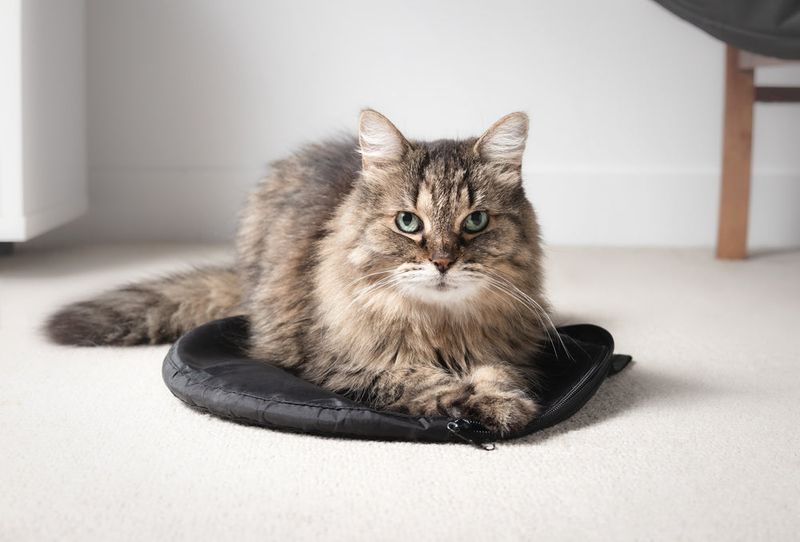
Suddenly finding puddles outside the litter box? Your cat isn’t being spiteful – he’s desperately trying to establish territory in the new space. Urine marking contains pheromones that communicate ownership and security to your cat.
Male cats are particularly prone to this behavior, but females do it too when stressed. The unfamiliar smells of previous occupants (human or animal) can trigger this instinctive response.
Clean marked areas thoroughly with enzyme cleaners and provide multiple litter boxes in quiet locations to help your cat regain confidence in their territory.
5. Increased Vocalization

Your normally quiet kitty might transform into a midnight opera singer after moving. Excessive meowing, yowling, and chattering often indicate confusion and distress in unfamiliar surroundings.
These vocalizations serve multiple purposes – calling for reassurance, expressing frustration, or simply trying to make sense of acoustic differences in the new space. Some cats call out more at night when the unfamiliarity feels most pronounced.
Respond with gentle reassurance rather than punishment. Your calm voice provides an emotional anchor during this disorienting time for your feline friend.
6. Disrupted Sleep Patterns
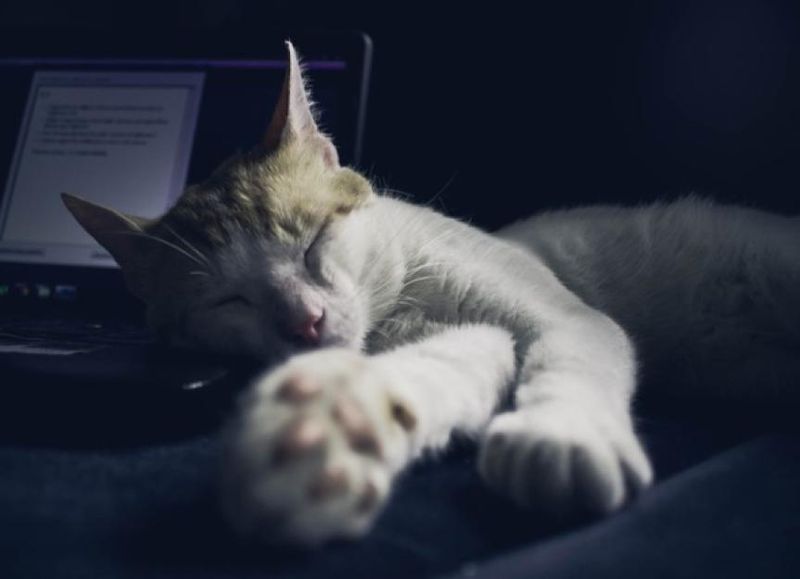
Moving homes can turn your cat’s normal 16-hour sleep schedule upside down. Hypervigilance in the new environment often leads to fitful rest and unusual waking hours.
You might notice your cat dozing at odd times or seeming perpetually on edge. The unfamiliar sounds, smells, and sightings keep their nervous system in high alert mode, making deep sleep difficult.
Creating a quiet sleeping area with familiar bedding helps restore normal patterns. Many cats need several weeks to reestablish their preferred sleep schedule after a move.
7. Grooming Changes
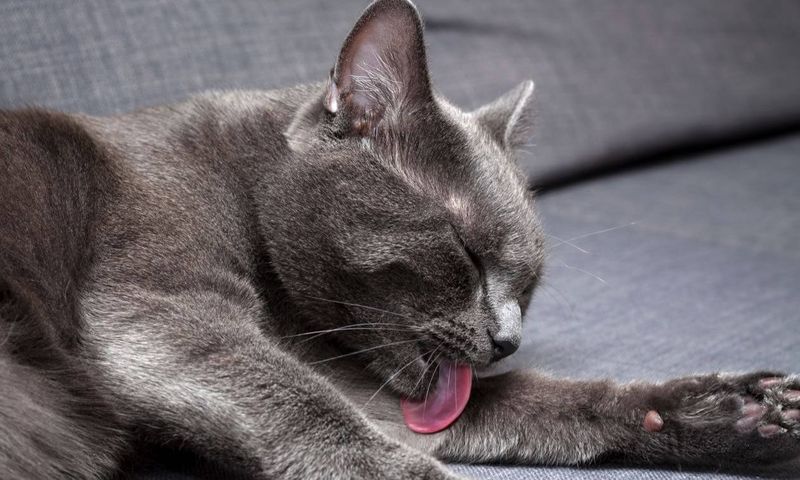
Moving stress often shows up in your cat’s grooming routine. Some cats obsessively overgrooming until bald patches appear, while others neglect hygiene entirely when overwhelmed by change.
Grooming is a self-soothing behavior for cats, so excessive licking provides comfort during stressful transitions. Conversely, a cat who stops grooming entirely signals significant distress that requires gentle intervention.
Brushing sessions offer bonding opportunities and help redistribute skin oils. Watch for compulsive grooming that causes hair loss or skin irritation – these require veterinary attention to prevent self-injury.
8. Temporary Regression In Training
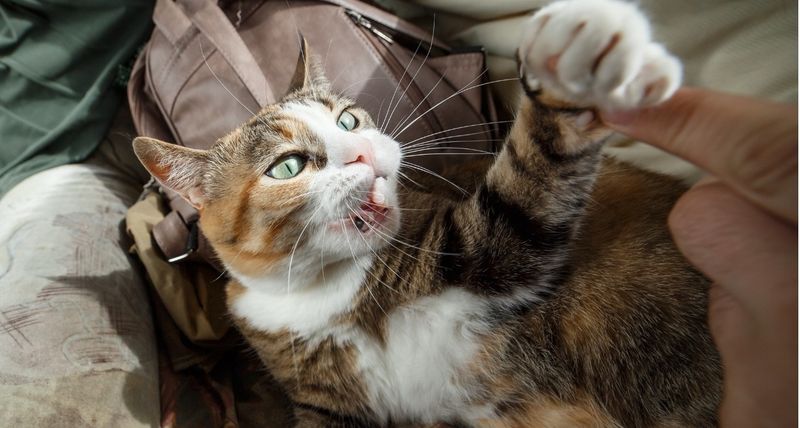
Even the most well-behaved cats might forget their manners after moving. Previously mastered behaviors – using scratching posts, staying off counters, or litter box habits – can temporarily disappear during the adjustment period.
This regression isn’t defiance but a stress response as your cat processes overwhelming changes. Their cognitive resources are focused on safety and adaptation, leaving little mental energy for remembering house rules.
Respond with patience rather than punishment. Gentle reinforcement of expectations with treats and praise helps rebuild routines without adding to their stress load.
9. Clinginess Or Unusual Independence
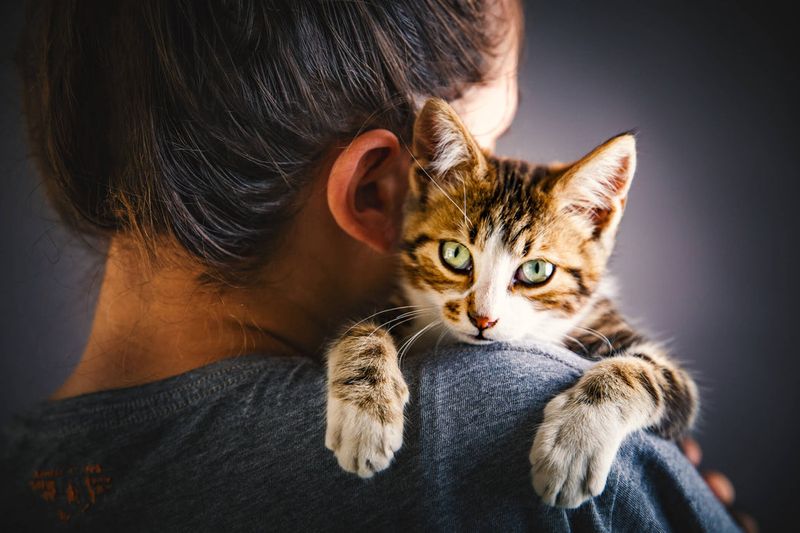
Moving often transforms your cat’s attachment style temporarily. Your typically aloof feline might suddenly shadow your every move, seeking reassurance in a sea of change.
Alternatively, some cats retreat emotionally, becoming unusually distant as they process the upheaval. Both responses stem from insecurity – one seeks comfort through proximity, while the other preserves energy through withdrawal.
Honor their emotional needs without reinforcing problematic behaviors. Scheduled play sessions help rebuild confidence while providing predictable interaction that soothes anxiety without encouraging excessive dependence.
10. Window Fixation
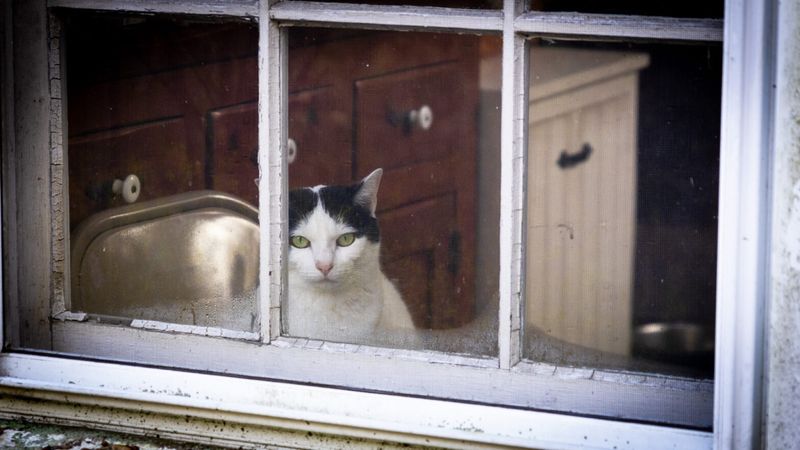
Many relocated cats develop an intense fascination with windows in their new home. This isn’t mere curiosity – it’s a coping mechanism for rebuilding their understanding of territory and safety.
Windows provide crucial information about the outside world – potential threats, prey movements, and environmental patterns. Your cat is essentially studying their new neighborhood from a safe vantage point.
Support this natural adjustment by creating comfortable window perches. This safe observation helps your cat gradually expand their comfort zone while processing the dramatic change in their surroundings.
11. Altered Play Behavior
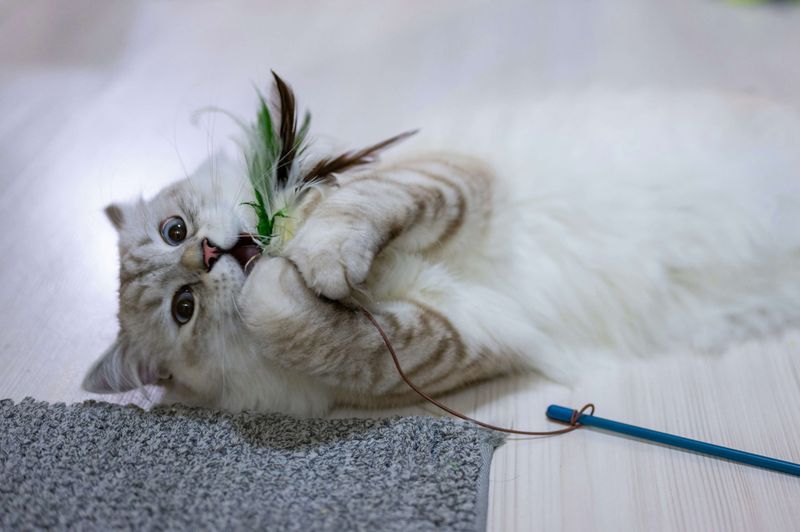
Your playful kitten might temporarily lose interest in favorite toys after moving. The mental and emotional load of adapting to new surroundings often leaves little energy for play.
Conversely, some cats channel stress into frantic play sessions, racing around at odd hours as they release pent-up anxiety. Both responses reflect how your cat is processing the significant change in their environment.
Short, gentle play sessions with familiar toys help rebuild routine while strengthening your bond. Interactive toys that mimic prey movements are particularly effective at reconnecting with a cat’s natural instincts during unsettling times.
12. Seeking Familiar Scents
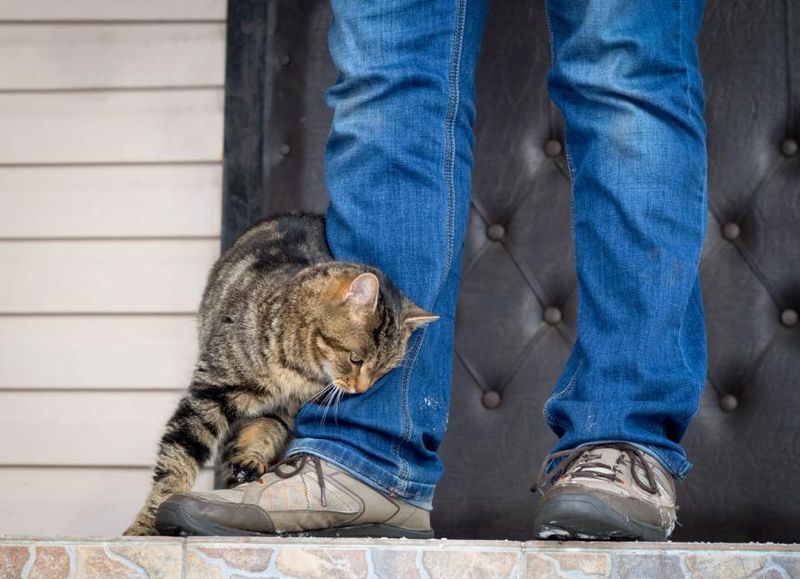
Notice your cat rubbing against items from your old home? They’re engaging in scent-marking behavior to create olfactory familiarity in the strange new environment.
Cats navigate their world primarily through smell, and the absence of familiar scents in a new home is profoundly disorienting. They may fixate on items that carry the comforting scent of their previous territory.
Bringing bedding, scratching posts, and toys from your previous home helps create scent continuity. Some behaviorists even recommend wiping soft cloths on doorframes of your old home to transfer familiar pheromones to the new space.
13. Digestive Upset
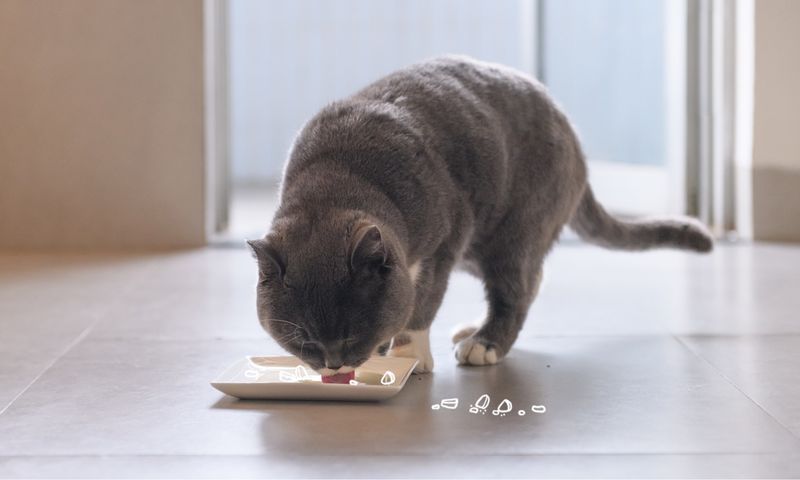
Stress-induced tummy troubles commonly affect cats after moving. Diarrhea, constipation, or vomiting might appear even without dietary changes as their digestive system responds to emotional upheaval.
The gut-brain connection in cats is powerful – anxiety triggers real physiological changes in digestion. Their sensitive systems reflect emotional states, making digestive issues a common manifestation of moving stress.
Maintain diet consistency during this transition period and consider probiotic supplements designed for cats. Persistent digestive issues warrant veterinary attention to rule out medical causes beyond adjustment stress.
14. Heightened Startle Response

Even minor noises might send your cat leaping three feet in the air after moving. This exaggerated startle response stems from their heightened vigilance in unfamiliar territory.
Normal sounds in the new home – creaking floors, humming appliances, outdoor traffic – lack the predictability your cat relied on previously. Their nervous system remains on high alert until these sounds become categorized as normal and non-threatening.
Creating consistent background noise like soft music helps mask startling sounds. Many cats gradually calibrate their startle response as they build a new mental map of normal household sounds.
15. Altered Relationship Dynamics
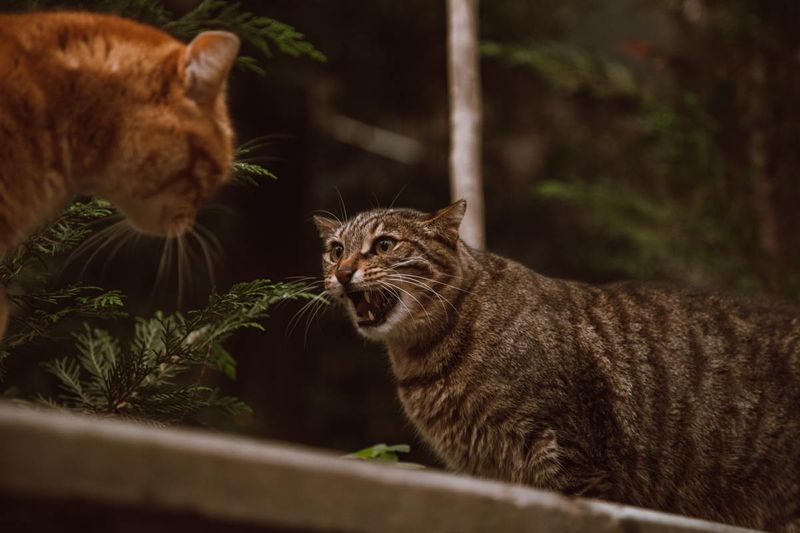
Multi-cat households often experience friendship shifts after moving. Cats who previously got along might suddenly hiss at each other or compete for prime territory in the new space.
The stress of relocation can temporarily disrupt established hierarchies as each cat recalibrates their position in the new environment. Even bonded pairs might need time apart during the adjustment period.
Provide multiple resources – feeding stations, litter boxes, resting areas – to minimize competition. Gradual reintroduction techniques might be necessary if tensions escalate beyond minor posturing.
16. Gradual Territory Expansion

Watch your cat’s confidence grow through progressive territory exploration! Most cats begin in a small safety zone – often a single room – before gradually venturing further into their new domain.
This methodical expansion reflects their natural caution and need for security. Each successful exploration builds confidence for the next venture. Some cats map their new territory in days, while others take weeks to feel comfortable in all areas.
Supporting this natural process by allowing self-paced exploration yields better results than forcing familiarization. The joy of watching your cat claim new territory signals successful emotional adjustment to their new home.






